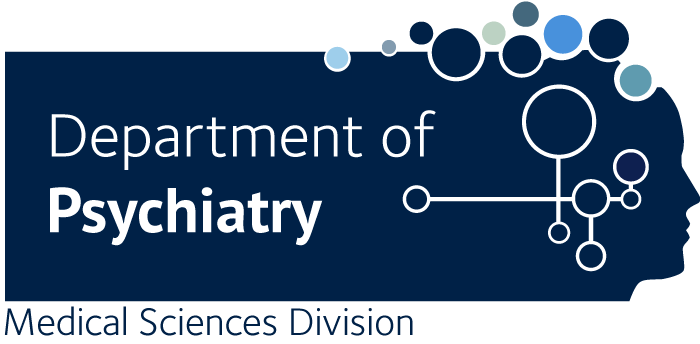Identifying subphenotypes of patients undergoing post-operative delirium assessment.
Bowman EML., McAuley DF., McGuinness B., Passmore AP., Beverland D., Zetterberg H., Schott JM., Heslegrave A., Veleva E., Laban R., Sweeney A., Cunningham EL.
INTRODUCTION: Delirium has heterogeneous etiologies and clinical presentations and is often associated with poor outcomes. Its pathophysiological mechanisms remain largely hypothetical and without targeted pharmacological treatment. This work investigates subphenotypes of patients undergoing delirium assessment based on clinical features and fluid biomarkers. METHODS: We performed latent class analysis of an observational cohort of older adults undergoing elective surgery. RESULTS: Two classes were identified, both containing individuals experiencing delirium symptoms, with a higher number in Class 1 (p

